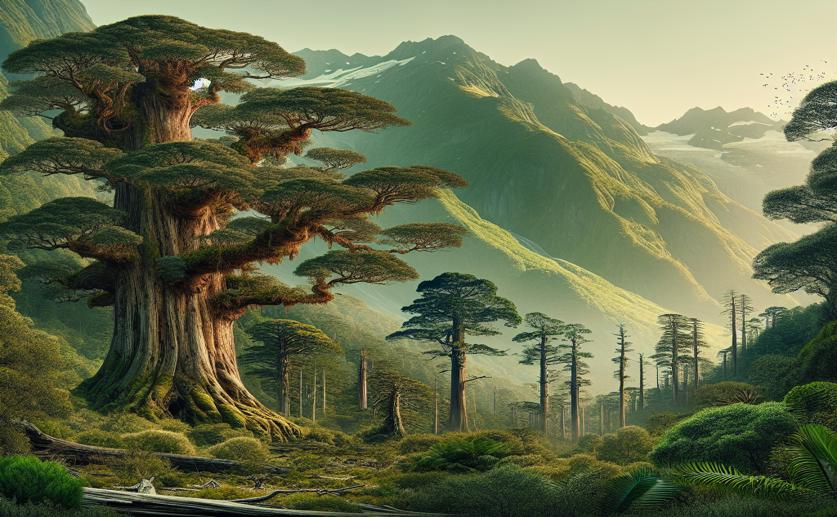
Old Trees are Key to Preserving Mountain Forests
Jenn Hoskins
6th February, 2024

Image Source: Natural Science News, 2024
EnvironmentEcologyPlant Science
References
Main Study
1) Ancient trees are essential elements for high-mountain forest conservation: Linking the longevity of trees to their ecological function.
Published 5th February, 2024
https://doi.org/10.1073/pnas.2317866121



 21st January, 2024 | Jenn Hoskins
21st January, 2024 | Jenn Hoskins